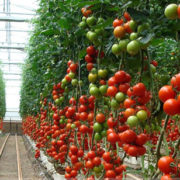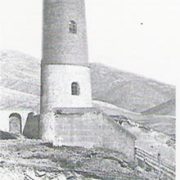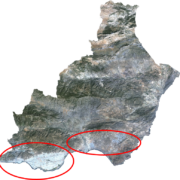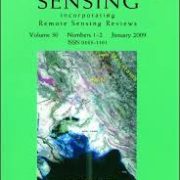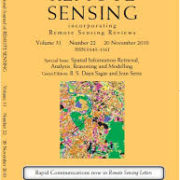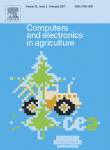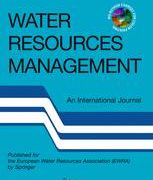Modelo para la determinación del volumen de aplicación de fitosanitarios en cultivos de tomate en invernadero
Fecha de defensa:
2013
Doctorando:
Francisco César Páez Cano
Directores:
Julián Sánchez-Hermosilla López
Fernando Carvajal Ramírez
Francisco Agüera Vega
https://www.educacion.gob.es/teseo/mostrarRef.do?ref=1045077
RESUMEN
La aplicación de productos fitosanitarios para el control de plagas y enfermedades en invernadero, se realiza habitualmente mediante el empleo de equipos poco tecnificados, como son las pistolas pulverizadoras manuales. Se trata de equipos de bajo coste, fácil mantenimiento y adecuados para controlar problemas fitosanitarios puntuales y localizados. Sin embargo, presentan una serie de inconvenientes como son: falta de uniformidad, elevadas pérdidas en el suelo, alto riesgo de exposición del operador y dificultad para regular la presión y los volúmenes de aplicación.
Además, en las etiquetas de los envases de productos fitosanitarios, aparece la concentración o el volumen de caldo a aplicar por unidad de superficie en función del tipo de cultivo. En invernadero, los cultivos tienen un crecimiento rápido, por lo que, una tasa de aplicación basada en una cantidad fija de producto por unidad de superficie puede dar como resultado grandes pérdidas y/o sobredosis de producto en los primeros estadíos de crecimiento, o tasas insuficientes cuando el cultivo esté completamente desarrollado. Por tanto, para resolver estos problemas, el volumen de aplicación debe estar adaptado a la masa vegetal presente en el invernadero cuando se realice el tratamiento.
En este trabajo de tesis se han desarrollado 9 modelos, para un cultivo de tomate de invernadero, que permiten estimar la superficie foliar (LAI) a partir de parámetros geométricos fácilmente medibles en la masa vegetal. El modelo basado en el PRV (Plant Row Volume) es el que ha dado mejores resultados. Para el cálculo del volumen de aplicación, se ha adaptado al índice PRV el modelo de dosificación basado en la Deposición Media, que ha sido validado desde un punto de vista técnico y biológico. El uso de este modelo ha permitido una reducción de más del 30% de la cantidad de fitosanitario aplicado, sin pérdida de rendimiento. El PRV permite el uso de estrategias de aplicación adaptadas al cultivo, con un gran ahorro en las cantidades de producto químico utilizado, en comparación con el sistema convencional de dosificación.
Además se ha desarrollado una aplicación informática, denominada GreenRate, cuyo objetivo es facilitar el uso del modelo de dosificación basado en la Deposición Media adaptado al PRV, permitiendo así el cálculo del volumen de aplicación y de los parámetros operacionales necesarios durante el tratamiento. También se han elaborado una serie de tablas y gráficos que facilitan el uso del modelo de estimación del volumen de aplicación




